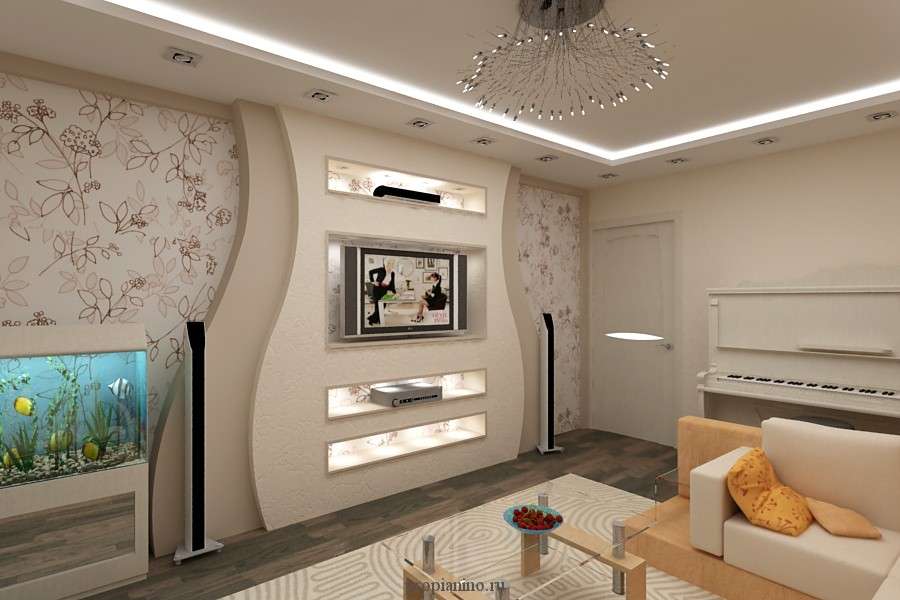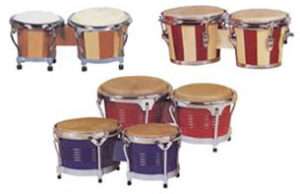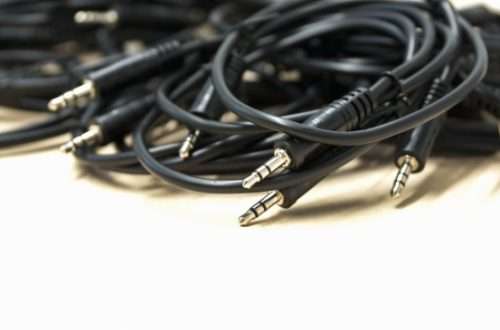
Piano seat selection
In order to choose the most suitable place for installing the piano, you need to consult with experts in this field or with a tuner. It should be noted that acoustics is affected, for example, by what material the floor and walls are made of in the room, as well as what specific fabrics (draperies) and carpets are used in the interior of your apartment or private house. The sound quality of a musical instrument also depends on the general acoustics of the room. The piano must be installed in such a way that the sound from it comes directly into the room itself.

When installing a piano or grand piano in a living room, several very important conditions must be taken into account: first of all, this is the temperature and relative humidity of the air, which must be relatively constant. It would not be entirely correct to strictly limit the temperature and humidity parameters in the room where the piano is located. But it should be noted that their stability is very important.
When choosing a place to set up a musical instrument, you must remember that the master tuner whom you invite to service your piano will need freedom of movement. It is for this purpose that approximately half a meter of free space should be left to the right of the keyboard instrument.
Many are interested in the question of where is the best place to install your musical instrument, taking into account the microclimate. It is important to know that the piano is made primarily from natural, special organic materials. They have undergone the necessary pre-treatment in order for the tool to serve you as long as possible.
In any case, both the grand piano and the piano react equally to fluctuations in the humidity and temperature of the room in which they are located. Constant, significant changes in the microclimate make more frequent, regular maintenance simply necessary, and in extreme, severe cases, they can cause irreparable damage to your musical instrument. A grand piano or piano can be quite capricious, especially when it comes to caring for them.
It is not allowed to install a grand piano or piano in close proximity to various sources of cold or heat. Under the influence of strong radiators or sunlight, wooden surfaces may fade, and the musical instrument itself may heat up. Insufficiently insulated exterior walls have a rather negative impact on the microclimate itself, provoking temperature fluctuations and frequent changes in air humidity in the living space.
Keep in mind that constant air circulation, for example, due to various drafts or due to the full operation of the air conditioner, can very quickly lead to cracking and delamination of wood. The resonant soundboard may crack, the felt of the hammers is at risk of being saturated with moisture, due to the influence of temperature fluctuations and humidity, the pegs and strings of a musical instrument may cease to keep the system.
The direct, insignificant influence of various heat sources (radiator, heaters or underfloor heating) can also cause various kinds of damage to the piano or grand piano. Note that in the case of underfloor heating, care must be taken to isolate the area under the musical instrument as well as around it as best and as possible. True, newer, modern musical instruments are considered suitable for installation on a heated floor, but it would be more correct to consult a specialist to find out how you can optimally protect your piano under such conditions.
While you are thinking about where to put your future instrument, watch the video. And although the musicians in it did not particularly bother with choosing a place for the piano, they play simply amazing!





